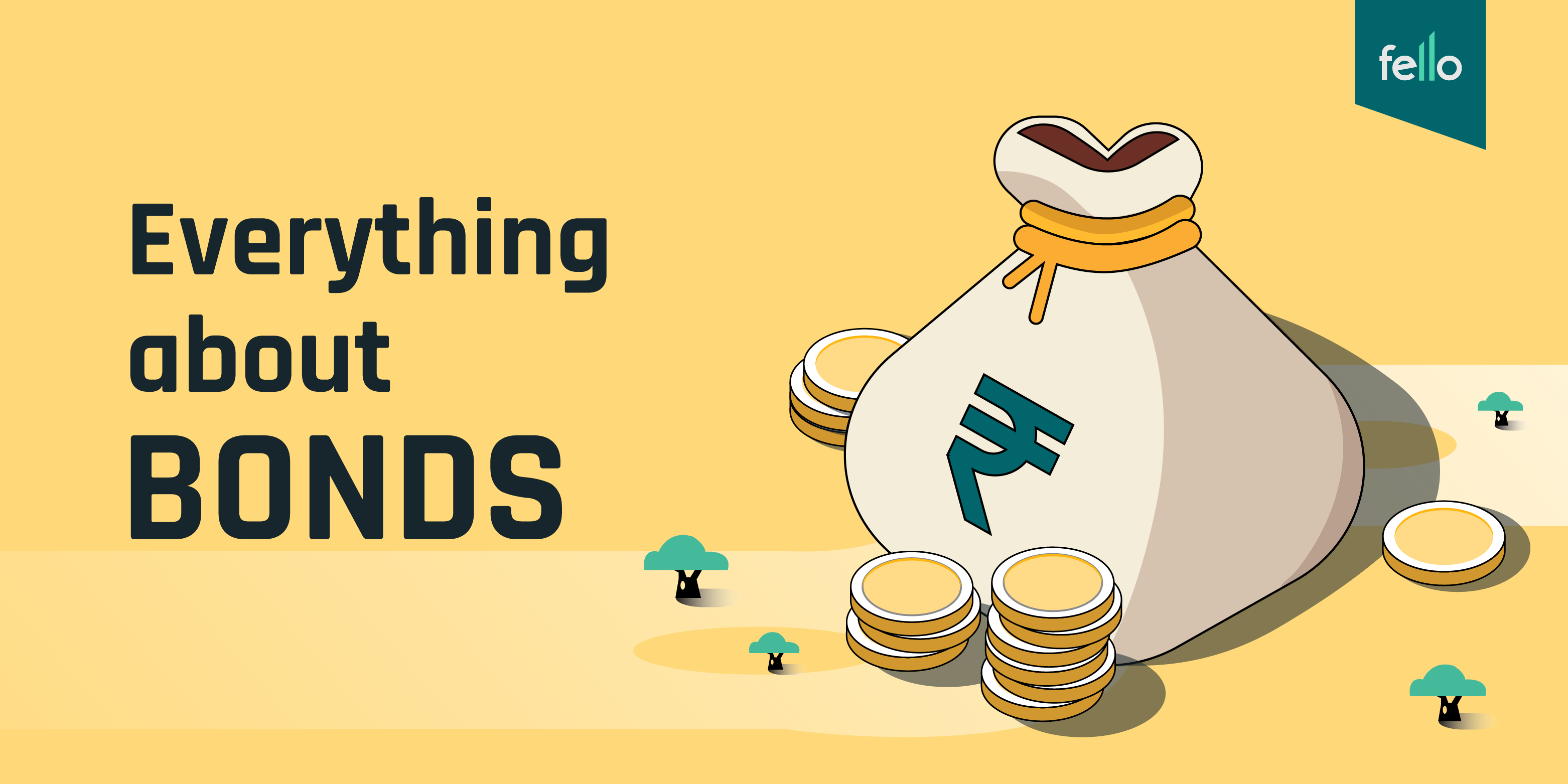“The name is Bond – James Bond.”
No matter your age, nationality, or taste in cinema, we’re sure you know this iconic dialogue. Yet, as much as we would love to talk about the dashing British secret agent, his choice of transport (the sleek and stylish Aston Martin!), or the plethora of futuristic gadgets he uses, today we want to talk about a different bond.
In the financial world, a bond is a type of security that represents an issuer’s pledge to make scheduled payments or principal returns to the buyer for a loan. Anytime you buy a bond, you are giving the issuer of the bond a loan, which they agree to repay you on a particular date. He does this typically by making a series of interest payments at a predetermined date and interest rate.
However, just like all the “007s” we’ve seen, each bond differs depending on its issuance, risk, interest rate, etc. With different types such as covered, secured, and unsecured bonds, it can be challenging to understand the difference between each bond.
We’re sure after reading this blog and understanding all about bonds, their various types, and differences, you’ll be like:

So, let’s dive in and understand what purpose a bond serves!
Why Do We Really Need Bonds?
A bond is a non-legal written agreement between a lender (resident Indians) and a borrower (government agencies and corporations). It includes all the details of the loan and the terms of its repayment.
The terms of a bond vary depending on the issuer and its purpose of issuance. Mainly, businesses, municipalities, and other government entities issue bonds to finance their ongoing projects and daily operations. Simple, right?
They typically also include the terms for the principal loan amount, variable or fixed interest payment rates, and the end date by which the principle of the loan is supposed to be paid to the bond owner. No matter the type of bond, the agreement is based on both parties settling on these terms.
So, what are the most common types of bonds?
The Two Main Categories Of Bonds – Secured And Unsecured
There are basically two types of agreement structures when it comes to bonds:
- Secured Bonds
- Unsecured Bonds
To put it in simple terms, a collateral backs a secured bond. This collateral can take the form of gold loans, vehicle loans, property loans, etc. In case the borrower defaults on payment to the bondholder (lender), the assigned collateral is used to recover the money. That is, the lender takes gold or property as collateral for the period of the loan, and once it is repaid, returns the assets.
On the other hand, in the case of an unsecured bond, there’s no backing of any security or collateral. In case the borrowing entity defaults on the payment, there is a high probability that the bondholders won’t be able to get their funds back. #TalkAboutRisky
Now that you are familiar with the fundamental difference between secured and unsecured bonds, let’s explore the various bond structures in more detail.
Understanding The Difference Between Various Bonds
There are a few other distinctions when it comes to bonds, based on several factors. Here, we explain what each type of bond means –
Covered Bond
In the case of covered bonds, the collateral provided by the NBFC (Non-Banking Financial Company, referring to the company or government issuing the bond) is essentially transferred to a legal entity known as a special purpose vehicle (SPV) that is set up in the form of a trust. The NBFC entity no longer owns the collateral as it has no control over the trust. If the NBFC defaults on its payments and cannot repay the investors, the lenders have the option to cover their losses. They do it from the collateral that was transferred to the trust through the special purpose vehicle.
The objective of covered bonds is to ensure that investors have a claim on the issuer’s assets. This is in order to recover their investment in case the issuer defaults on payment. The collateral might not always be sufficient to fully repay all of the investors. Additionally, the NBFC has the right to contest any claim against its assets.
Secured Bond
A secured bond means that the issuer offers a lower interest rate in exchange for the provision of a specific asset as collateral. The bondholder receives complete ownership of the asset in the event that the borrower defaults on payment. Hence, there is a limited or negligible risk for the lender.
Senior Secured Bond
In the case of senior secured bonds, the pool of loans that the NBFC provides as collateral will stay on its books. They are not rather transferred to a Special Purpose Vehicle. In case the NBFC goes bankrupt or defaults on payments, the pool of loans (gold, property, etc.) will be included in payment proceedings. That’s because the collateral will still be listed among the NBFC’s assets.
However, senior secured bonds, unlike conventional secured bonds, are senior in nature. Essentially, the senior-most bondholders get priority of repayment. It means that bondholders listed as senior will receive payment first if the borrower defaults on payments.
Subordinated Bond
Subordinated bonds, also referred to as subordinated debentures, are the ones that have fewer rights to assets or earnings compared to more senior bonds. For example, subordinated bondholders will not receive payment in the event of a borrower defaulting on payment until all senior bondholders have been paid in full. The term “subordinate” signifies that the bondholder has a secondary relationship compared to the other bondholders.
You would be right to assume that each bond has its own strengths and weaknesses – which raises the following question.
Which Bond Is The Best?
Well, it depends on your taste really – for us, it was definitely Pierce Brosnan!
Or Roger Moore if you’re more into the tongue-in-cheek, witty secret agent! Nevertheless, talking about the financial instrument called a bond, comparing the features, risks, interest rates and returns of each type is the only way to go. Here’s a brief comparison of each type of bond that we discussed above:
Security Or Collateral
While covered and secured bonds are backed by some kind of collateral, unsecured and subordinated bonds require no collateral to be issued.
Perceived Risk
Covered bonds carry the least risk. That’s because collaterals are there to back such bonds. Moreover, the issuing entity does not own it. Secured bonds are riskier as the issuer owns the collaterals. Unsecured bonds are even more speculative. Naturally, subordinated bonds are the riskiest as bondholders will have to wait in line till “senior” bondholders have been compensated.
Rate Of Returns
The bonds with the least risk tend to give low returns, while high-risk bonds provide higher returns. Hence, covered bonds give low but risk-free returns. Senior secured bonds have a medium rate of return. Senior unsecured bonds have even better returns. And finally, subordinated bonds give the best returns, albeit at a higher risk as stated above.
Bankruptcy Remote Impact
You should also consider whether the issuer is a bankruptcy remote company while evaluating bonds. Essentially, a bankruptcy remote company is an organization within a corporate group whose insolvency or bankruptcy has the least negative financial implications on other divisions of the group. Apart from covered bonds, no other bonds have bankruptcy remote impact on other entities in case of default.
That’s all about bonds!

